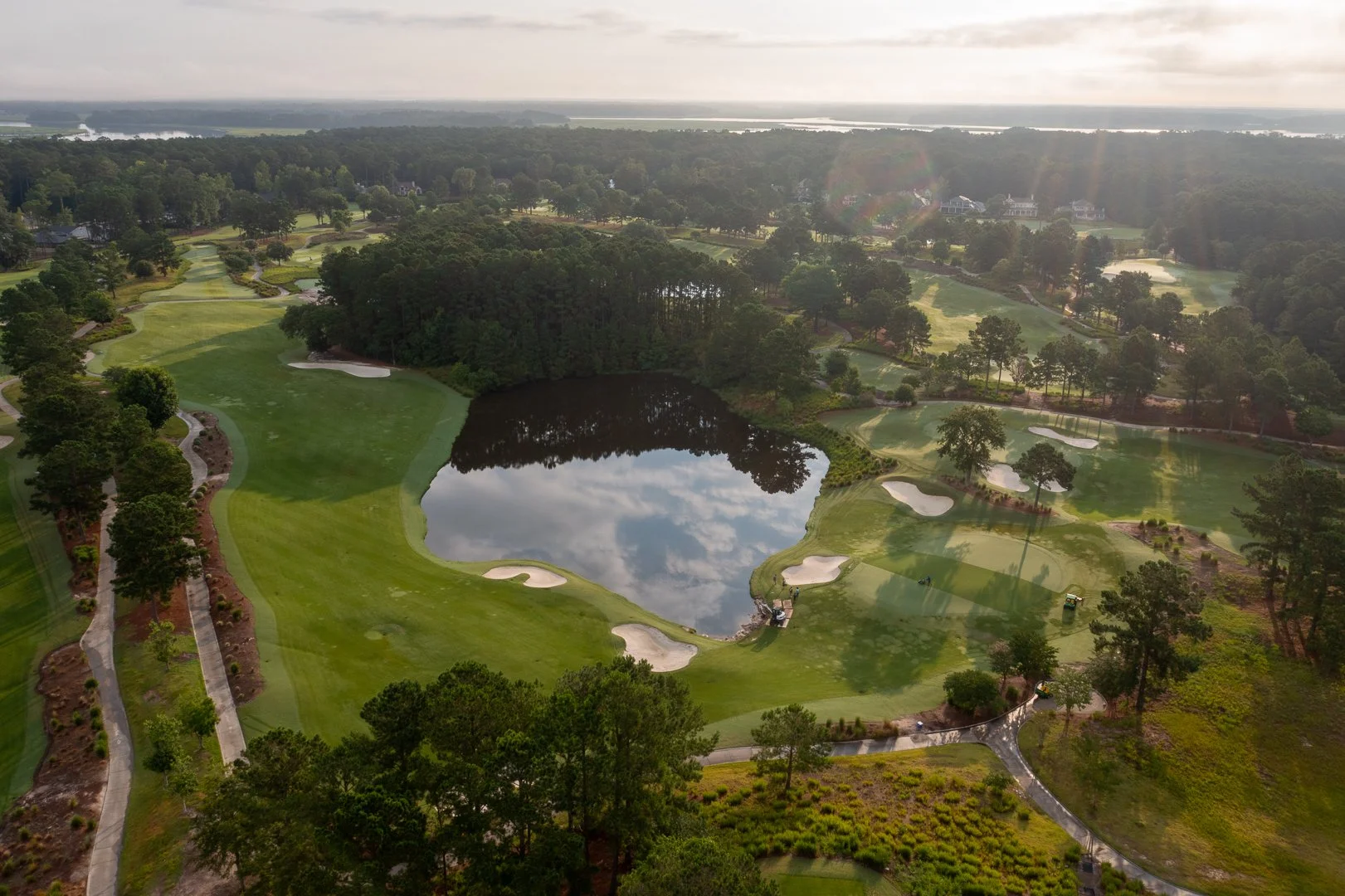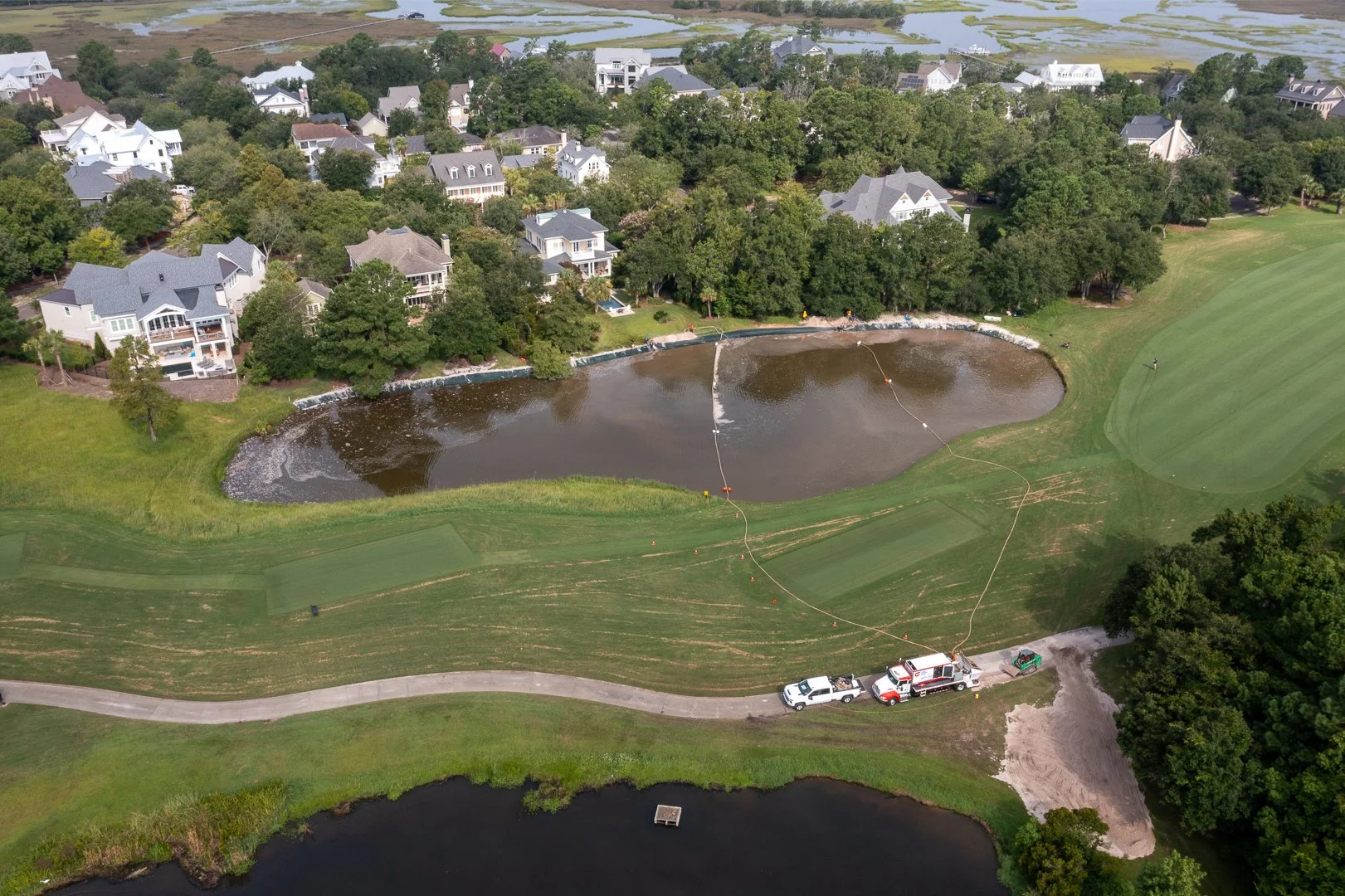BMP Maintenance Checklist for Landowners and Municipalities
Proper maintenance of your site’s stormwater Best Management Practices (BMPs) is not just a routine task. It plays a critical role in ensuring compliance, protecting water quality, and extending the life of your infrastructure. Whether you’re a private landowner or part of a municipal team, staying proactive can help prevent system failures, safety hazards, and costly repairs.
This blog provides a straightforward checklist to guide your inspections. From stormwater ponds and bioswales to inlets and outlet structures, each section highlights what to look for and how to keep everything functioning as intended. With the right approach, your BMPs will continue to do their job efficiently while keeping your site safe and compliant.
BMP Maintenance Checklist for Landowners and Municipalities
General Area Inspection
Ensure site is well‑vegetated (no bare soil or areas of erosion).
Confirm all inlets, outlets, and spillways are free of blockages, trash, and debris.
Check that signage and safety fencing are intact and clearly visible.
Stormwater Ponds
Inspect the embankment for cracks, burrows, or seepage.
Confirm outlet structures operate as designed (no obstructions or damage).
Measure sediment depth and schedule clean‑outs when required (often when depth reaches ~10–20% of design).
Evaluate vegetation — remove invasives and maintain a healthy grass buffer.
Bioswales and Infiltration Areas
Confirm water is flowing properly and infiltration occurs within 48–72 hours.
Remove trash and sediment buildup from inlets and surface area.
Maintain desired vegetation cover for erosion control and filtration.
Pipe and Inlet Structures
Check for clogs, broken grates, and structural damage.
Clear debris and sediment accumulation that could impede flow.
Ensure erosion protection (riprap, turf) at discharge points is intact.
Maintenance Documentation
Maintain a BMP inspection log, including observations, photos, and any required corrective measures.
Confirm that any required corrective action is performed promptly and documented.
Retain inspection records for review by state or local authorities.
—
At Ei, we’re not just environmental consultants. We’re hands-on problem solvers committed to delivering real-world results. Led by Joseph Garavelli, our team brings practical and sustainable site stabilization strategies that are tailored to South Carolina’s unique climate, soils, and regulatory landscape.
Whether you need support with site stabilization, BMP implementation, or long-term stormwater compliance, we’re here to help. Together, we can build stronger, cleaner, and more resilient communities across South Carolina, starting from the ground up.


